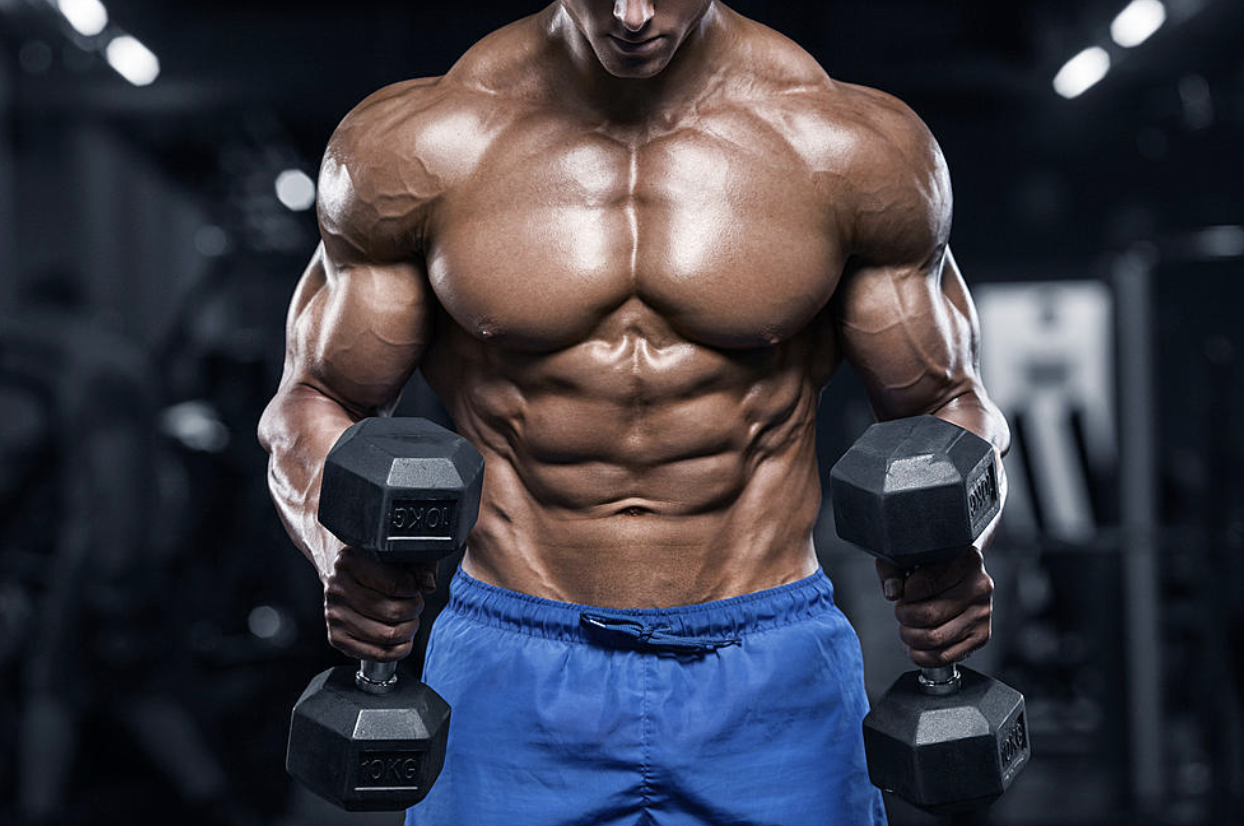


If you’re looking to pack on muscle mass, incorporating the right exercises into your training regimen is crucial. Before we delve into the specifics, let’s first discuss the optimal rep ranges and sets for building muscle.

The ideal rep range for muscle growth typically falls between 8-12 reps per set, known as the hypertrophy range. This range is believed to stimulate muscle growth by increasing metabolic stress and promoting muscle damage. Aim to perform 3-5 sets of each exercise to accumulate enough volume for optimal muscle growth without overtraining.

Building muscle isn’t just about lifting weights—it also requires proper nutrition, rest, and recovery. Ensure you’re consuming a balanced diet rich in protein to provide your muscles with the necessary building blocks for growth. Additionally, prioritize rest and recovery between workouts to allow your muscles to repair and grow stronger.

Protein is essential for muscle growth and repair as it provides the amino acids necessary for building new muscle tissue. Consuming an adequate amount of protein supports muscle recovery and preservation, especially during periods of calorie restriction.

Building muscle offers a myriad of benefits beyond aesthetics. From improved metabolic health and body composition to increased strength and endurance, the advantages of having more muscle extend to better bone health, mood, and cognitive function.

Carbohydrates play a vital role in fueling high-intensity exercise and muscle recovery. Consuming carbohydrates before, during, and after workouts helps maintain glycogen levels and provides the energy needed for optimal performance and muscle repair.

Barbell squats are unparalleled in their ability to build lower body strength and muscle mass. By targeting multiple muscle groups and triggering the release of anabolic hormones, such as testosterone and growth hormone, barbell squats promote overall lower body strength and functional movement.

Pull-ups are a versatile bodyweight exercise that targets the back, biceps, and shoulders, making them an excellent choice for building upper body strength. Improving grip strength and posture, pull-ups enhance overall functional fitness and can be adapted to various skill levels.

The deadlift is a full-body exercise that engages multiple muscle groups, including the back, glutes, hamstrings, and core. By improving functional strength, posture, and bone density, deadlifts are essential for overall strength and fitness.
Incorporating these seven exercises into your training routine can help you build muscle, improve strength, and enhance overall fitness. Remember to prioritize proper nutrition, rest, and recovery to support your muscle-building goals effectively.